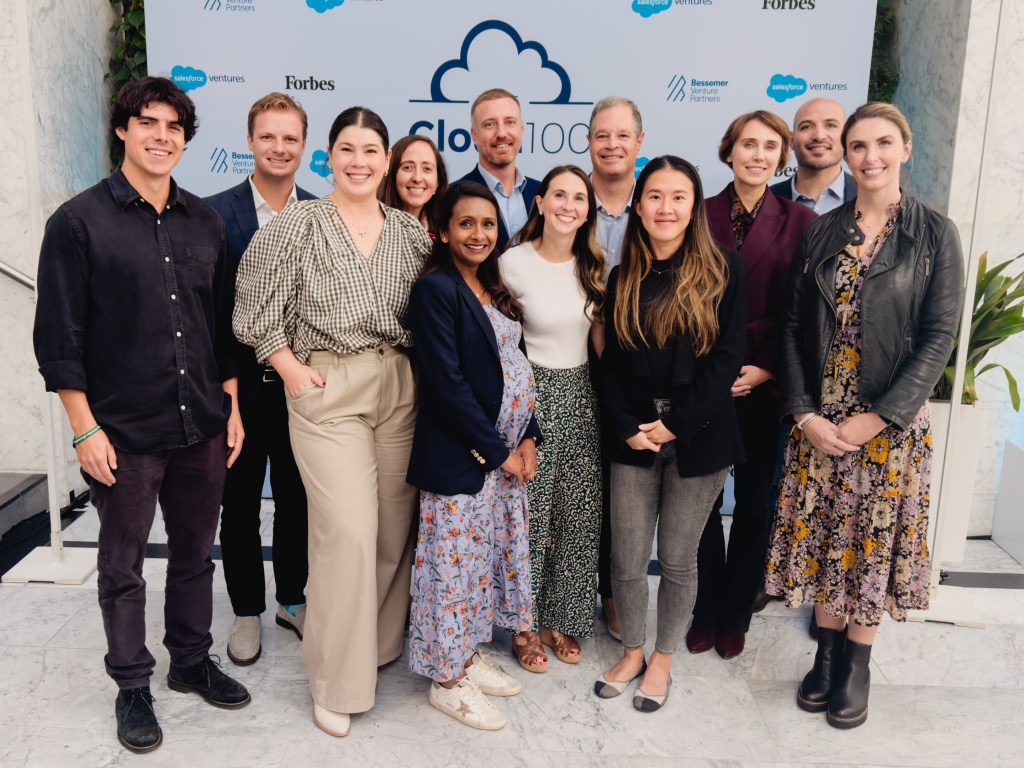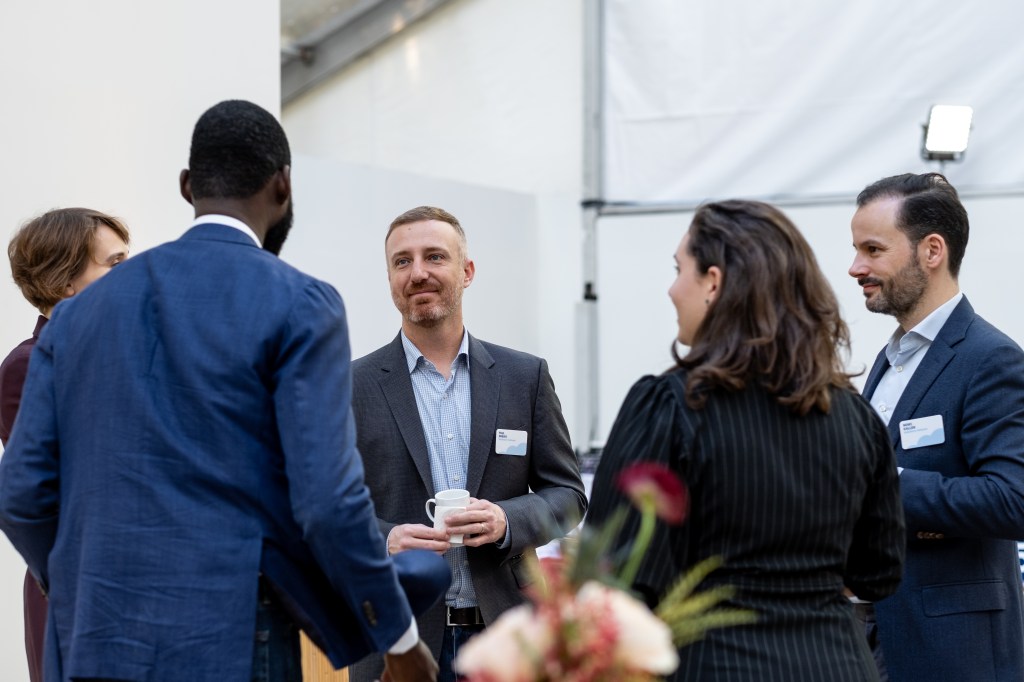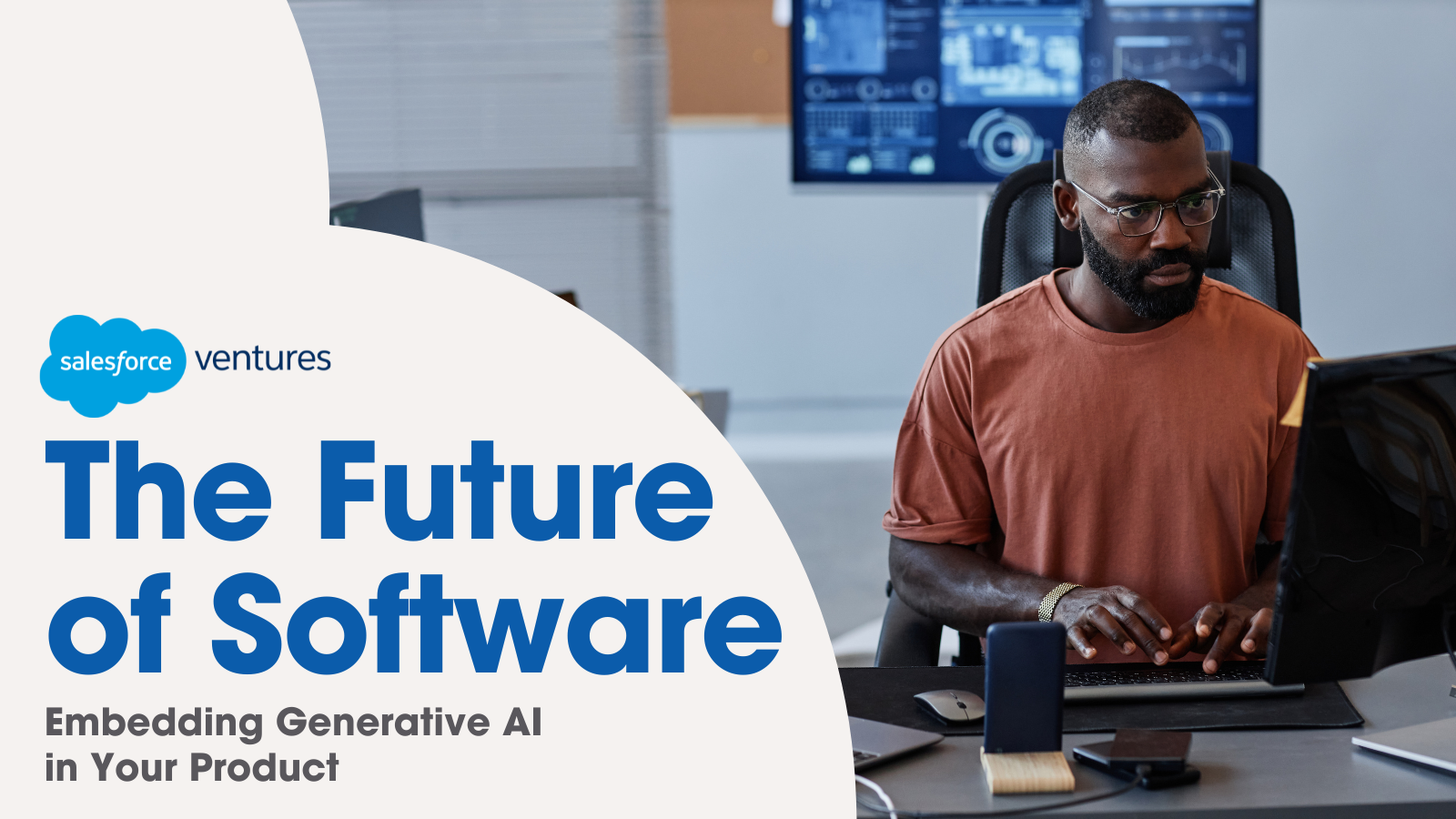Amid the generative AI fervor, founders and CEOs face the challenge of incorporating AI in a way that makes sense for their business. This begs a question: should companies take an incremental approach to implementing generative AI, or should they aim for re-invention? Additionally, how can they determine which AI use cases their customers value, and how can they measure success?
To answer some of these important questions, Salesforce Ventures recently hosted an exclusive workshop for our portfolio founders with Adam Evans and Cai GoGwilt. Adam is the former Co-Founder and CTO of Salesforce Ventures portfolio company Airkit, and the current SVP of Product for the Salesforce Einstein AI platform. Cai is the Co-Founder and Chief Architect at Salesforce Ventures portfolio company Ironclad — a digital contracting platform that was one of the first in its sector to incorporate generative AI.
Their workshop featured plenty of great insights for founders seeking to build generative AI into their products. Here were a few of our team’s favorite takeaways…
Move Fast in Leveraging AI
When it comes to AI transformation, startups usually have a greater appetite to experiment, more flexible & modern tech stacks, and the ability to pivot faster. Startups should view this as an advantage over incumbents, who often cannot move as quickly to incorporate AI and are typically serving larger enterprise customers who’re slower to adopt new technologies.
“If you have time to make changes, do it now. It’s easier for you as a small business to do this, as opposed to when you’re at scale. The faster that you move into reinventing yourself, it will probably end up helping you as far as the future, valuations, and more.” – Adam Evans
Identify the Most Meaningful Use Cases for Your Business
There are endless potential use cases for generative AI in a given product, but businesses only have so much time and resources to dedicate to any particular project. To drive the greatest ROI with generative AI, startups must ruthlessly prioritize use cases that significantly move the needle for their product and help define the long term differentiation and success of the business.
“As we think about why our business is going to be great in 10 years, we’ve taken those thoughts and asked ourselves whether this is something that is still 3-5 to 10 years away, or is actually something that we could build today.” – Cai GoGwilt
Run Hackathons to Identify Use Cases
It’s much easier to recognize a good solution than it is to come up with one. As such, a productive way for founders to identify AI use cases and get more of their team involved in AI transformation is to organize hackathons. Ironclad runs hackathons at least quarterly for both their application and platform teams, and uses the outputs to inform their product roadmap.
“You can hack together an awesome prototype in two days, which is really good for building internal excitement and taking the burden off founders to dream up these applications. Through hackathons we’ve been able to productize prototypes and identify people on the team who have a proclivity towards generative AI.” – Cai GoGwilt
Avoid Commoditized AI
Businesses should not expect to convert commoditized AI tools — like summarization and text generation — into revenue. Many users already view these features as table stakes. Companies can and should still add these features to their products if they believe the user will benefit from it. However, startups shouldn’t expect commoditized AI to be a big revenue generator or defensible as a product moat.
“Stay away from things like summarization or formatting based on your personal history. That’s going to feel like spellcheck soon. It’s just going to be embedded in the OS.” – Adam Evans
Move Quickly From Prototype to Beta
Once the team has a viable prototype, startups should aim to share the beta with a trusted circle of users as soon as possible in order to understand the product’s defects, gather data, and accelerate development.
“You won’t know what you’re actually dealing with until you see what users are doing with it. You might see that they aren’t using it how you’d imagined, but that’s also a massive positive; your users might show you things that they can do with your product that you didn’t even realize you could do, and even give you some ideas on other applications you could build.” – Cai GoGwilt
Expand AI Teams Beyond Engineers
As companies prototype new products and features, it’s important for founders to find the right structure and membership for the team dedicated to a project. Oftentimes, AI teams need technical and non-technical members — with the latter focused on experimentation and understanding how the product is working.
“Prototyping is a multiplayer thing. Don’t just give it to engineers. You’re going to go way too slow. You need to get your product team involved.” – Adam Evans
Measure Success Through User Adoption
AI adoption can be slow and nonlinear. As such, the efficacy of any new AI tool or feature should be determined by how many users are leveraging it on a recurring basis, and for what reason.
“A lot of generative AI feature adoption doesn’t look like an explosion of users instantly. It begins with a smaller set of users finding ways that they like to use it, sometimes not ways you intended them to use it, and then listening to that feedback, iterating, and sticking with it for a while.” – Cai GoGwilt
Conclusion
AI product development is still in its infancy, so there’s no singular tried and true approach to building an awesome AI application. However, we believe fast-moving startups that focus on technological transformation with innovative use cases that speak directly to customer pain points will win the day in the coming months and years — and we at Salesforce Ventures look forward to investing in and nurturing these projects.
_
Are you a founder building in the generative AI space? We’d love to talk! To get in touch, email Laura at laura@salesforceventures.com and Jessica at jess@salesforceventures.com.






